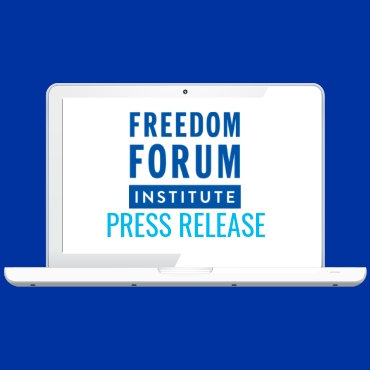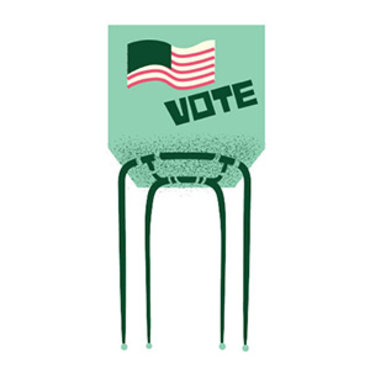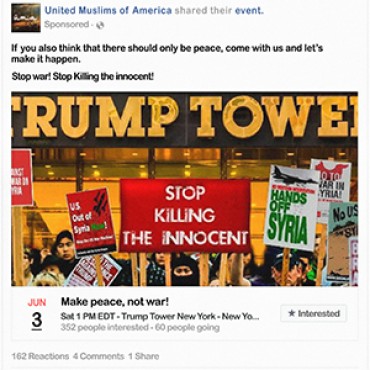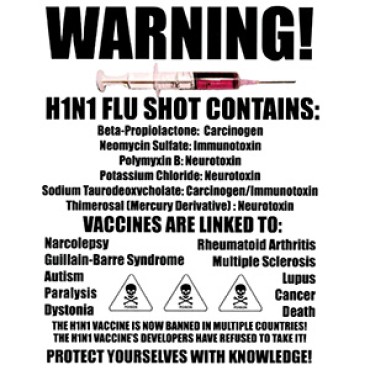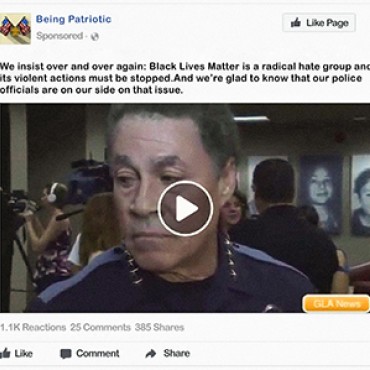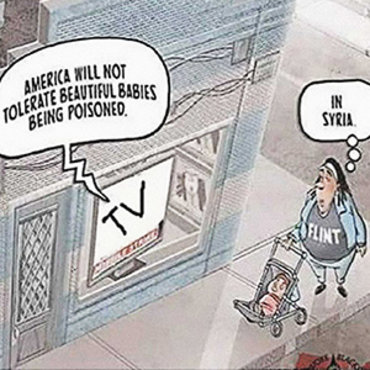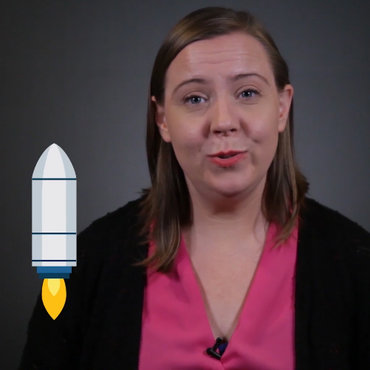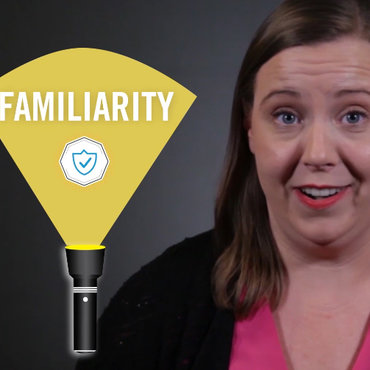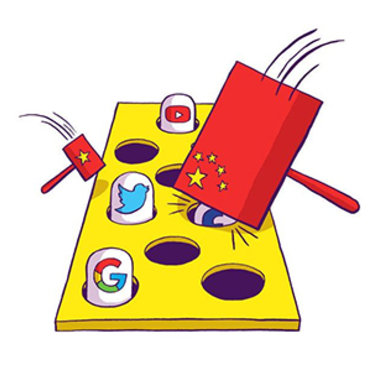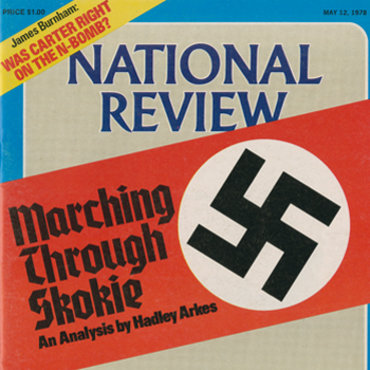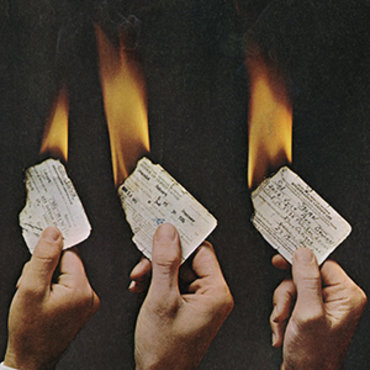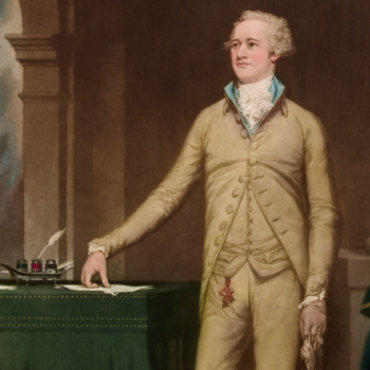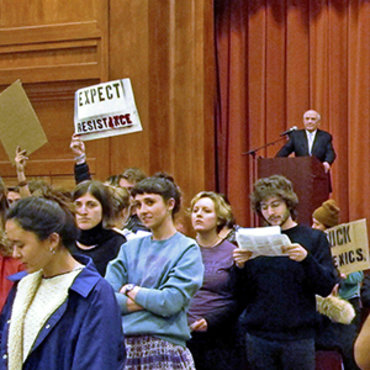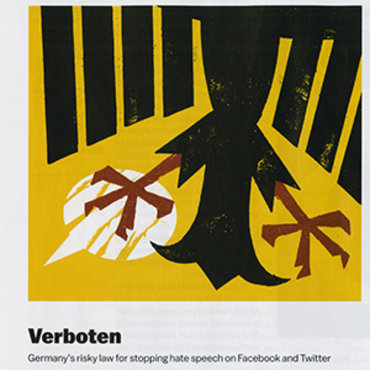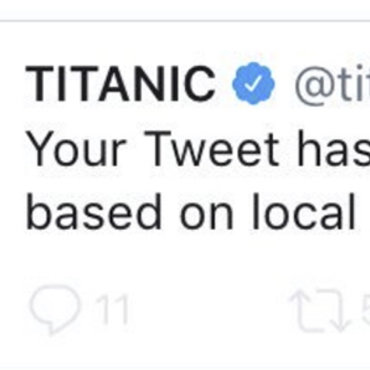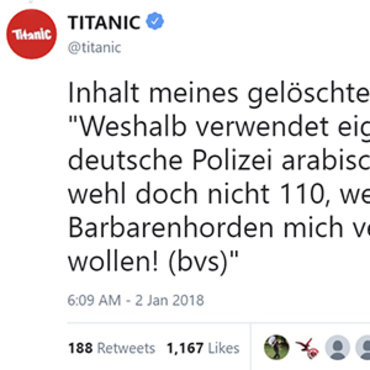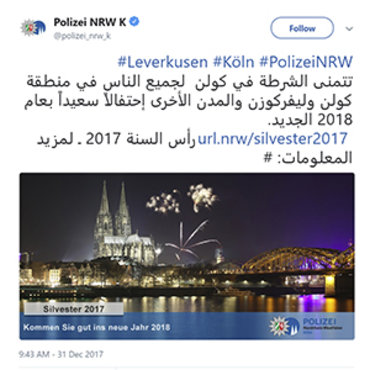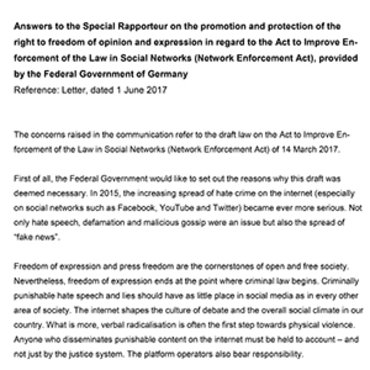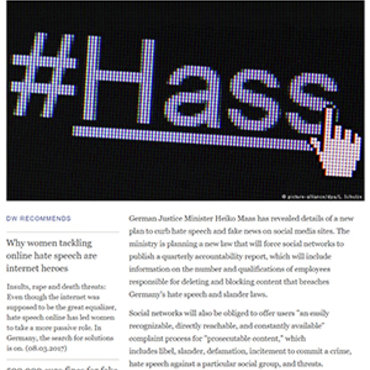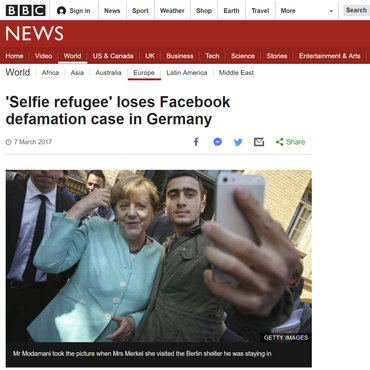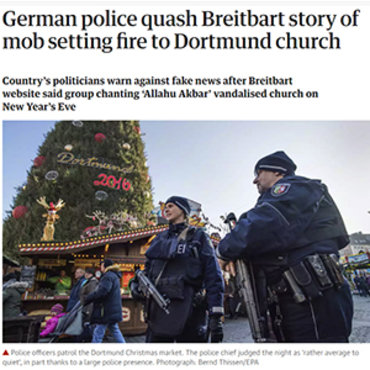What does media literacy look like during trying times?
Last year, before his arrest for covering the coup in Myanmar, journalist Han Thar Nyien sent a message: “If I get arrested, please tell the world.” Currently, Ukrainians have taken to social media to share powerful images to keep the world informed of the reality of the invasion there. What can we do with the critical information that journalists and citizen reporters send out of conflict zones?
As the world looks at images of Marina Ovsyannikova, who rushed onto Russian State TV to share a powerful fact check, we are reminded of the power we have in shaping the flow of information. Global events, both positive and challenging, can produce spikes in disinformation and we are all faced with the daily decision of what do we tell the world. Here are some simple tips and resources to equip yourself against the tidal wave of false content:
- Don’t exhaust yourself. Read multiple news sources but when the information starts to repeat itself it’s time to take a break. Developing media fatigue will only wear you down and make you less likely to spot false information.
- Seek complexity. Be aware of how both media bias and your own biases impact the way you take in information. Additionally, disinformation creators will take advantage of your focus on one event to steer your attention away from other situations they don’t want you to pay attention to. Remember: bad actors and disinformation creators make content specifically designed to use our own emotions against us.
- Hit the pause button and harness the power of your doubt. Practice click restraint: before you share or repeat any content you see on social media, wait three minutes and reread it. Does it still seem worth sharing after your break? Your choice not to repeat a piece of disinformation has an exponential effect on how many other people see it.
- Need more guidance on what to share? Here is a helpful chart to help.


